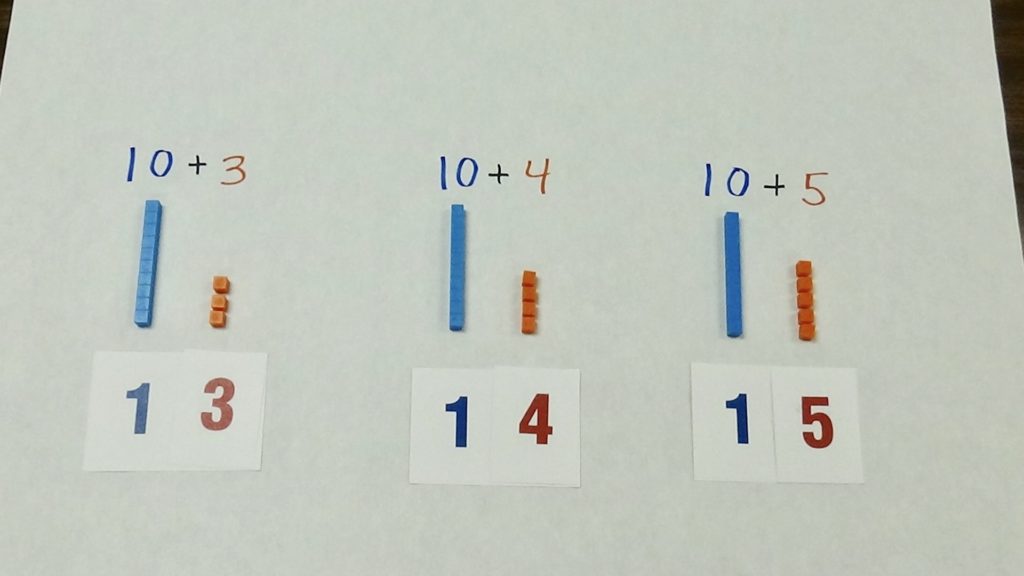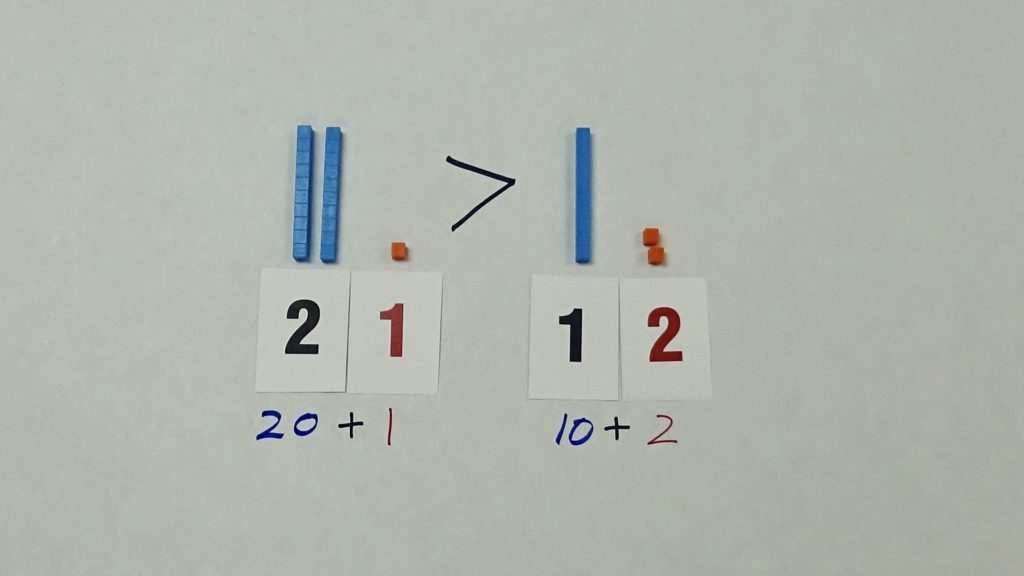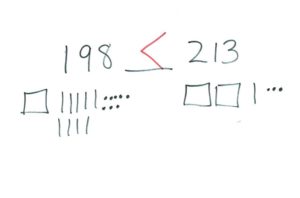Base ten blocks first appeared in elementary school classrooms over 50 years ago, when the New Math Movement in the 1960s pushed for a greater conceptual focus in elementary math instruction (Kim & Albert 2014). Teachers have been using them ever since to teach number sense, counting, place value, and whole number and decimal operations. Today, the Common Core Learning Standards delicate one of five learning domains to “Numbers and Operations in Base Ten” in Kindergarten through Grade 5, so base ten blocks are a more important part of elementary math instruction than ever. This article address how base ten blocks can build understanding of place value concepts and skills in the primary grades.




Understanding the base ten number system begins in Kindergarten where students are expected to compose and decompose numbers 11-19. Students can manipulate combinations of a long (block that represents 10) and units (block that represents 1) to make each of these numbers. When the base ten block representation is paired with the number written in numerals, students begin to realize the value of each digit depends on its position within the number (e.g. 15 – the digit 1 is worth ten and the digit 5 is worth five). Students in 1st Grade continue composing and decomposing numbers 11-19 and multiples of 10, 10-90. The card deck in The Good Neighbors Primary Blackline Masters will reinforce some of these place value skills.
When the base ten block representation is paired with the number written in numerals, students begin to realize the value of each digit depends on its position within the number.
Students, in 1st Grade, are expected to compare two-digit numbers, and base ten block representations of numbers make this task clear and concise for students. With base ten block representations of 12 and 21, for example, students can physically touch and see that although both numbers have the same digits (1 and 2), 21 is larger than 12 because 21 is made up of 2 longs (tens) and one unit (one), and 12 is made up of 1 long (ten) and 2 units (ones). The card deck in The Good Neighbors Primary Blackline Masters will reinforce some of these place value skills.
Larger numbers are introduced in 2nd grade – numbers up to 1000. Numbers can continue to be represented with base ten blocks by introducing the flat (block that represents 100) and the 1000 block (block that represents 1000). Composing and decomposing, and comparing numbers continues with these bigger numbers, and using base ten block representations is and effective strategy to use with these numbers as well.
References
Kim, R. & Albert, L. (2014) The history of base-ten-blocks: Why and who made base-ten-blocks? eScholarship@BC Boston College University Libraries.

